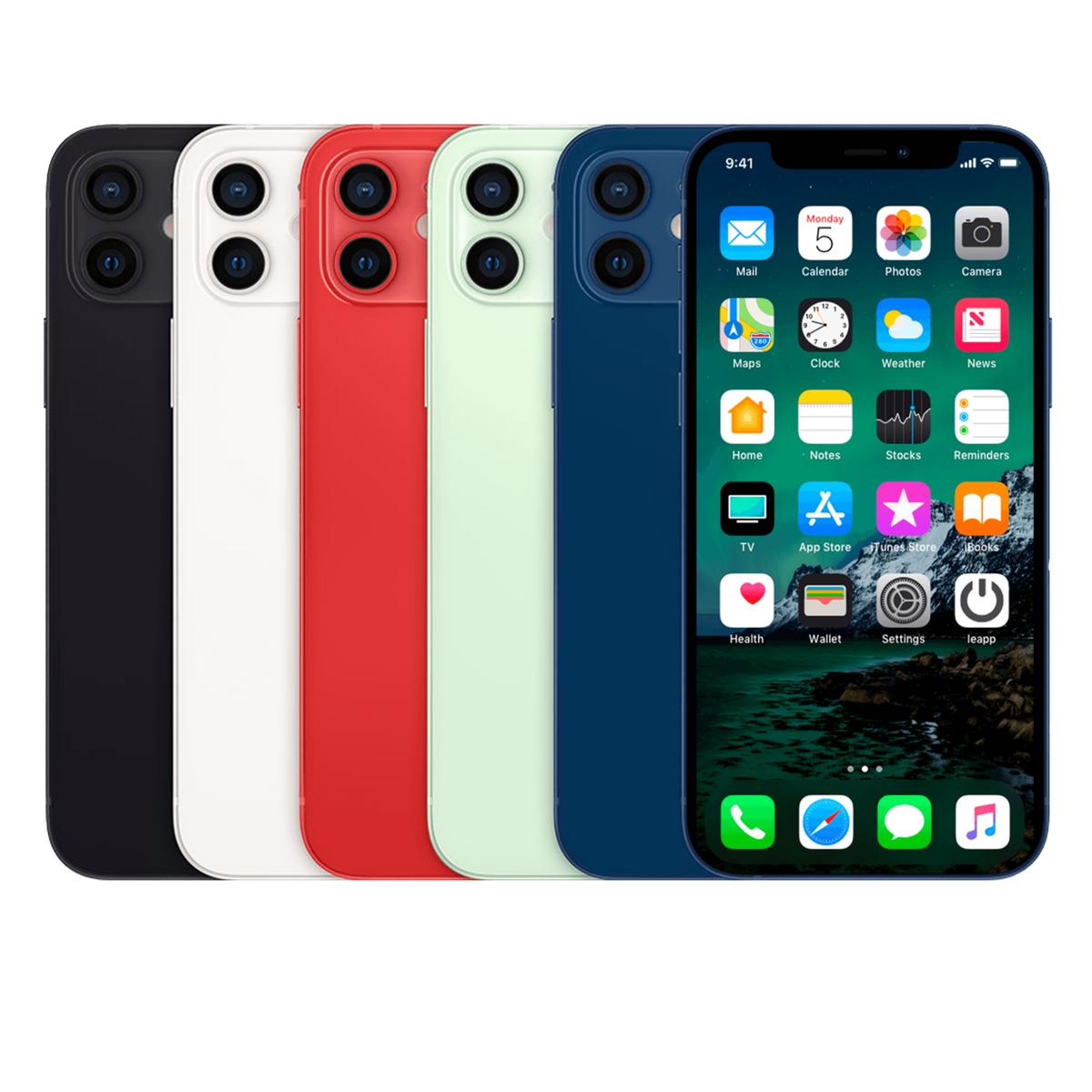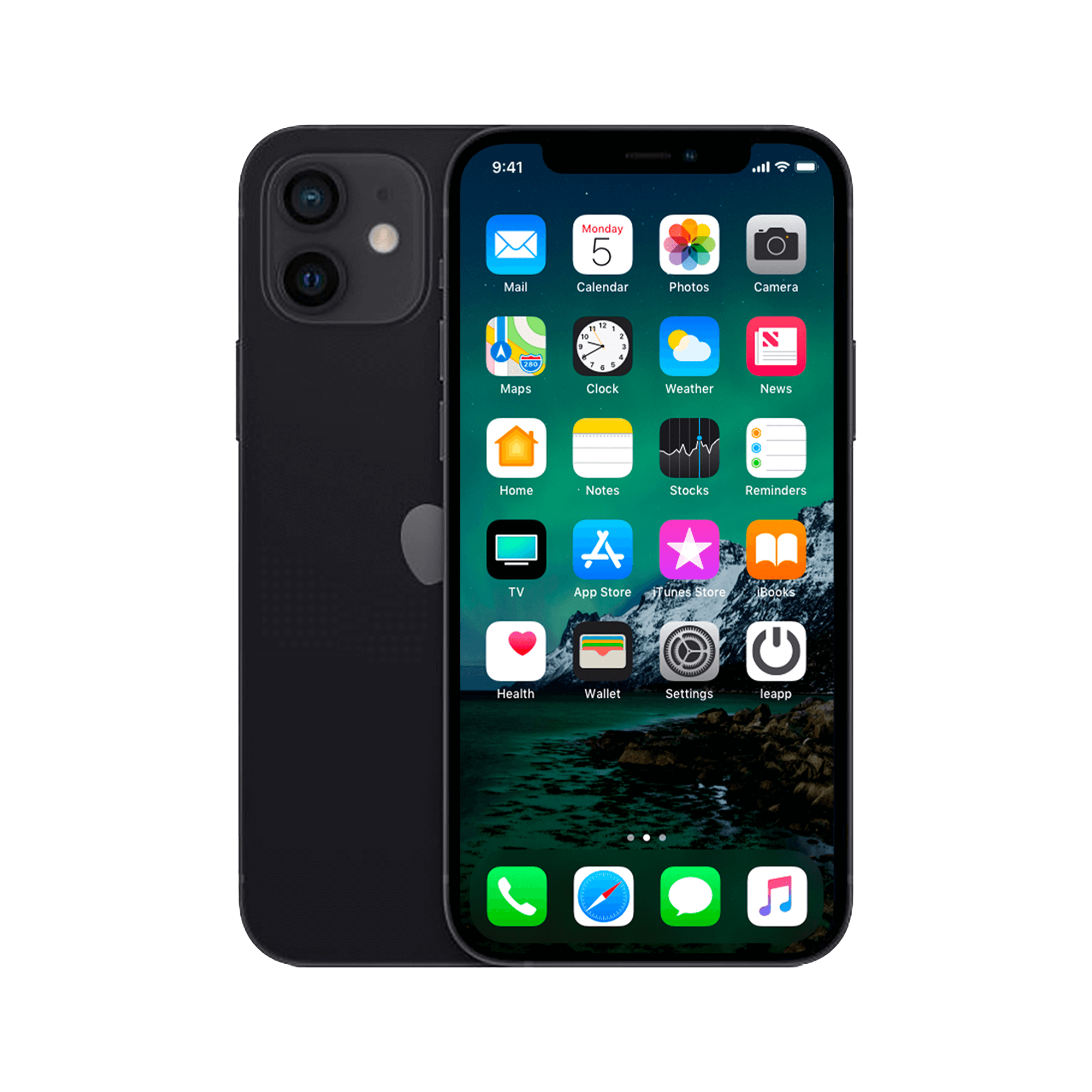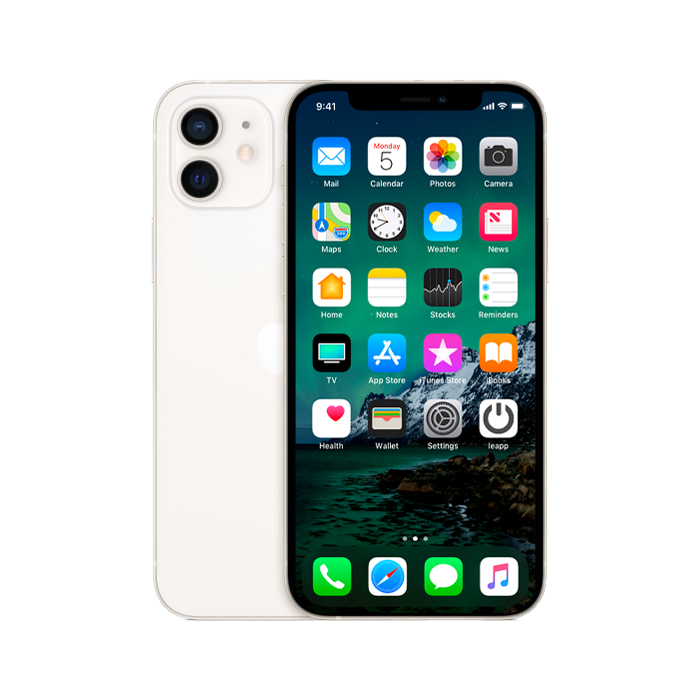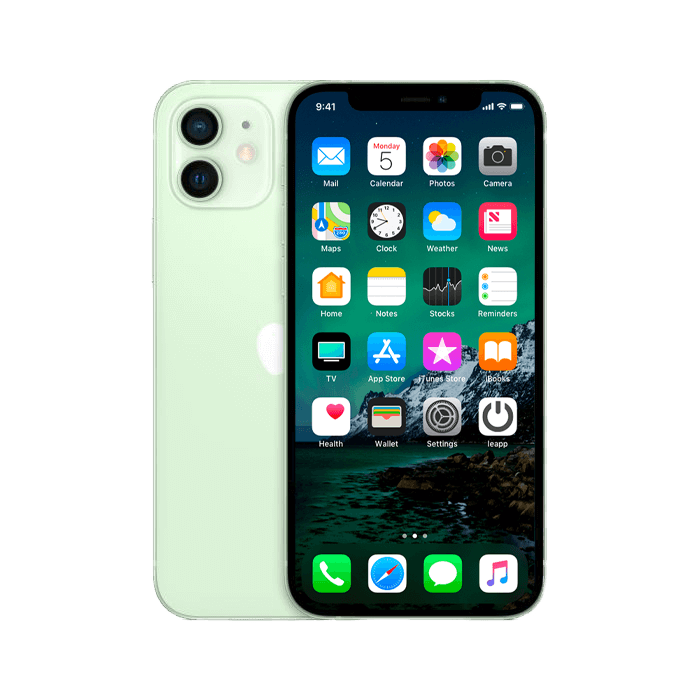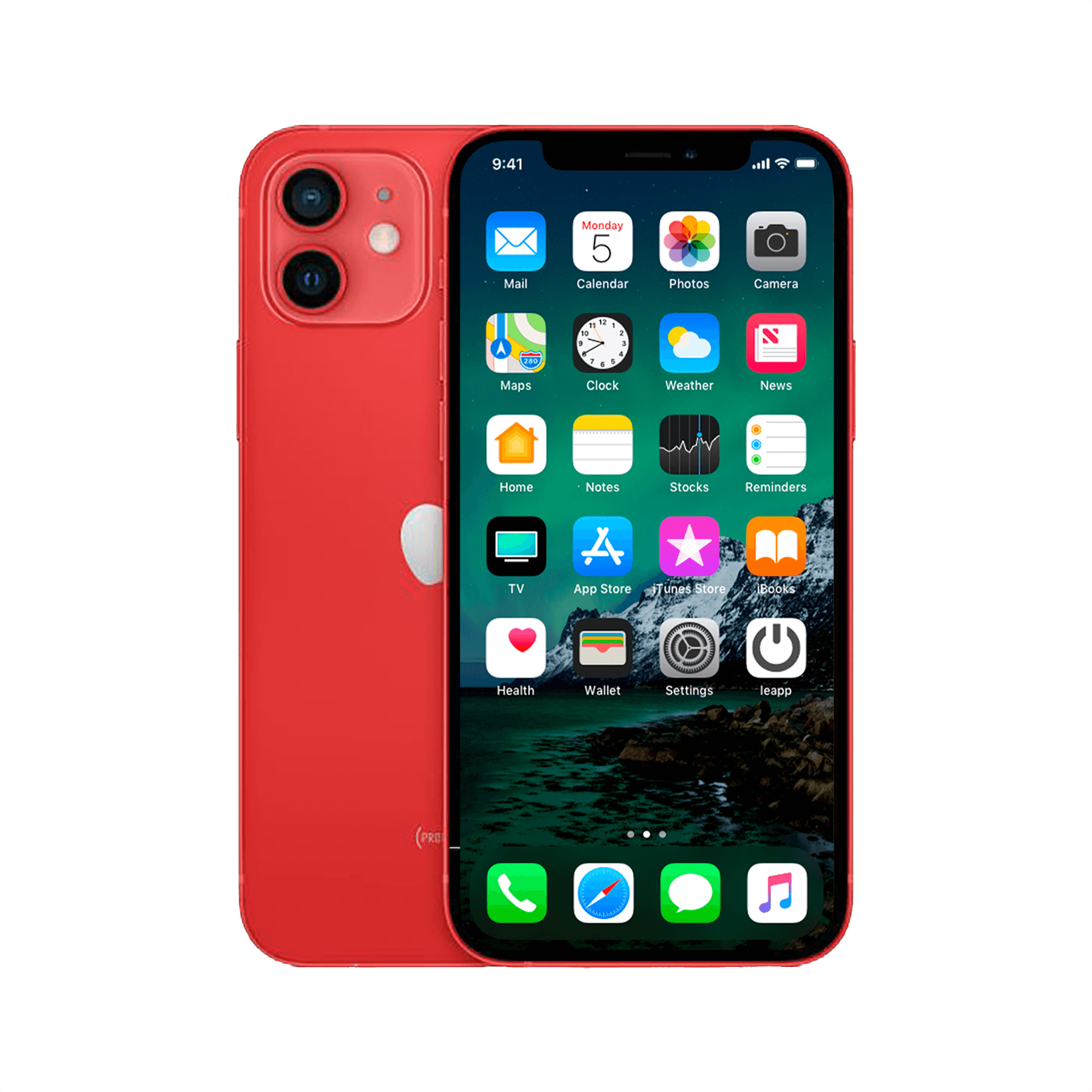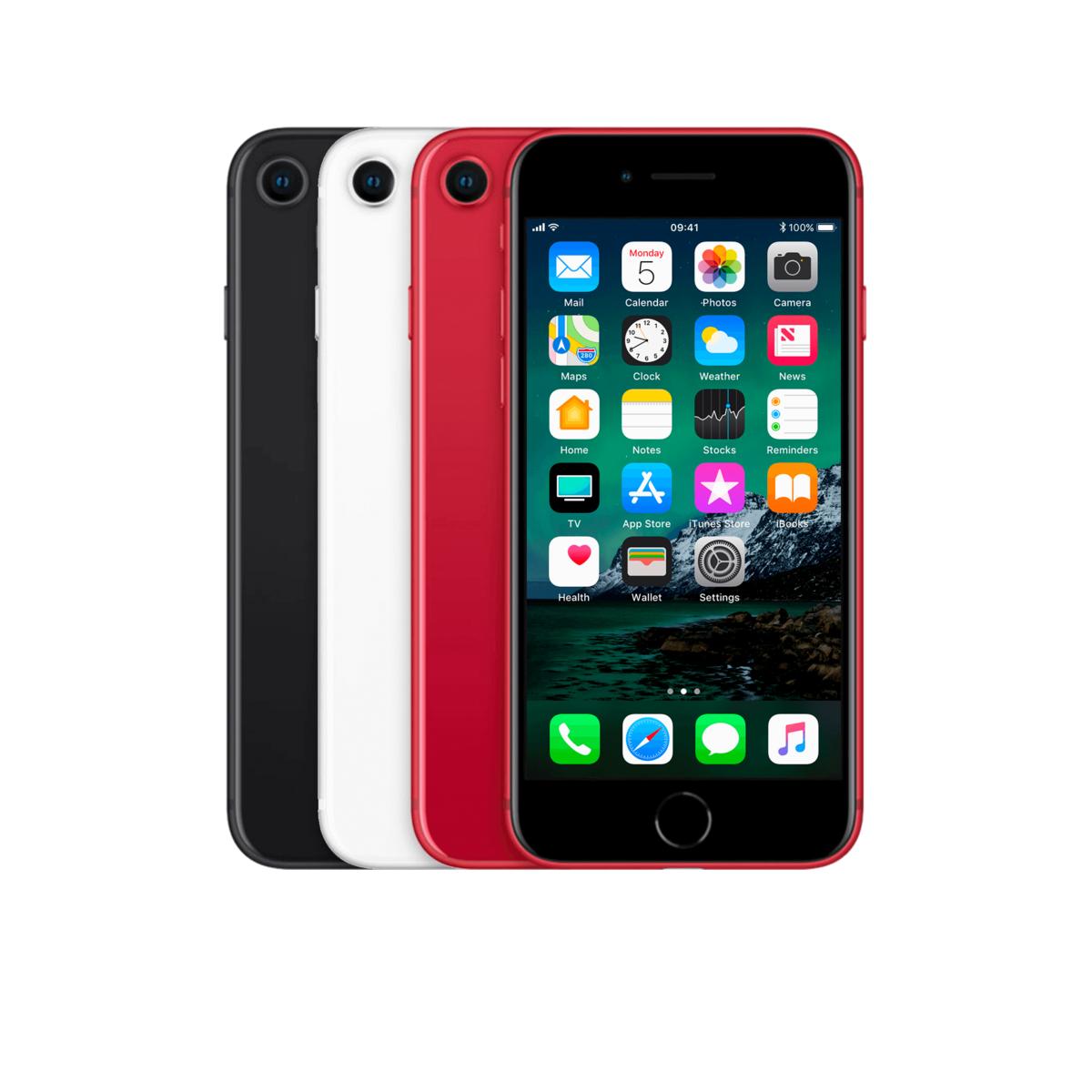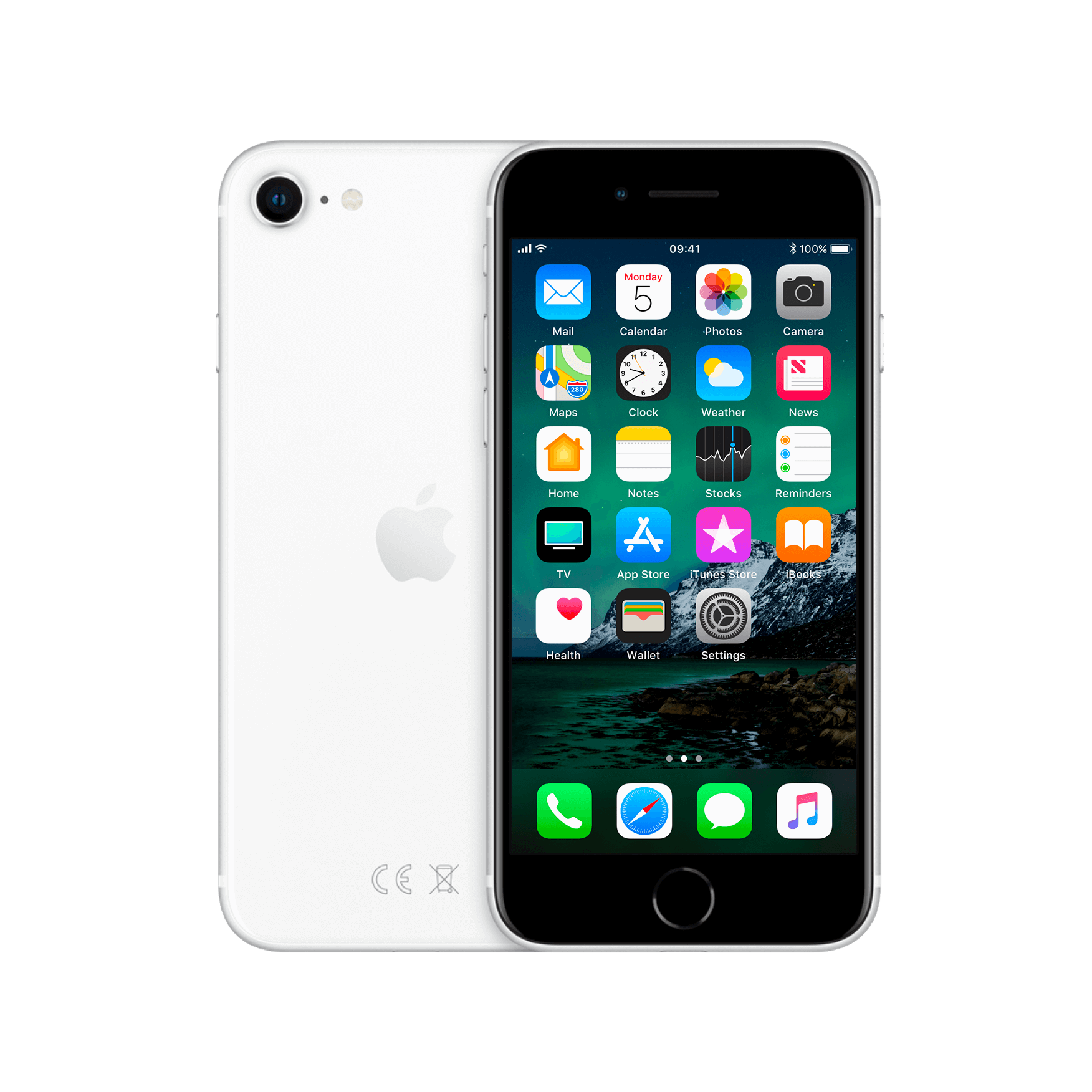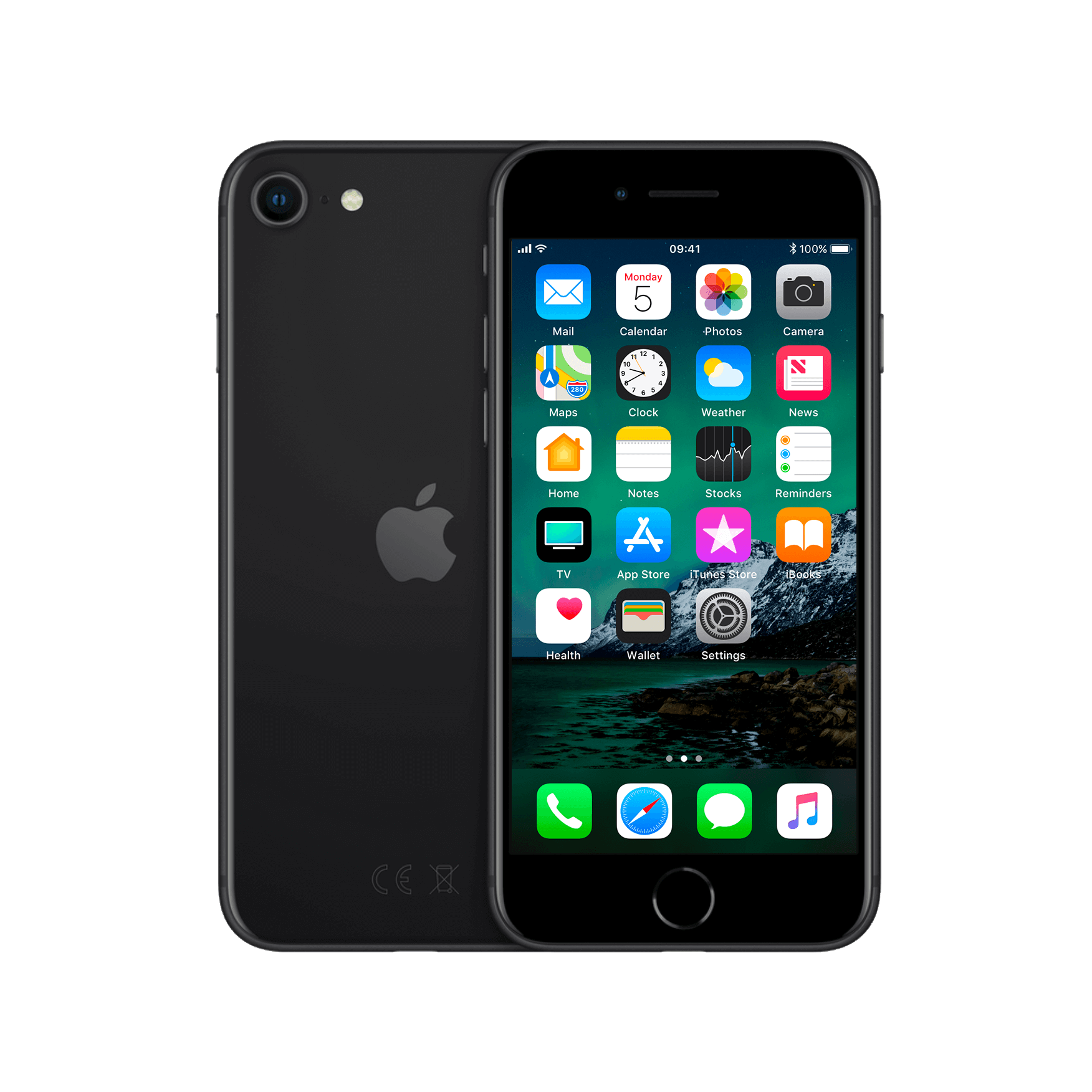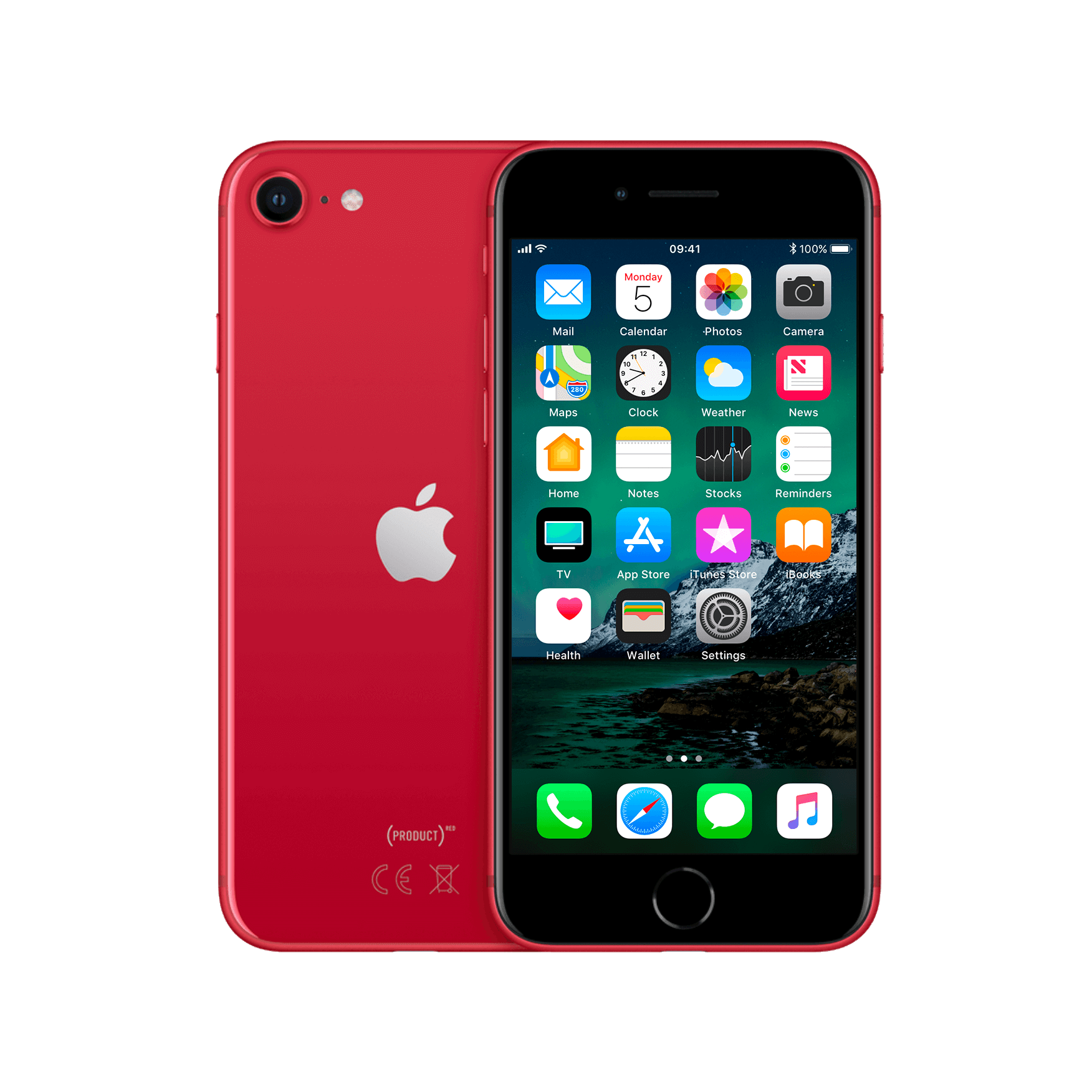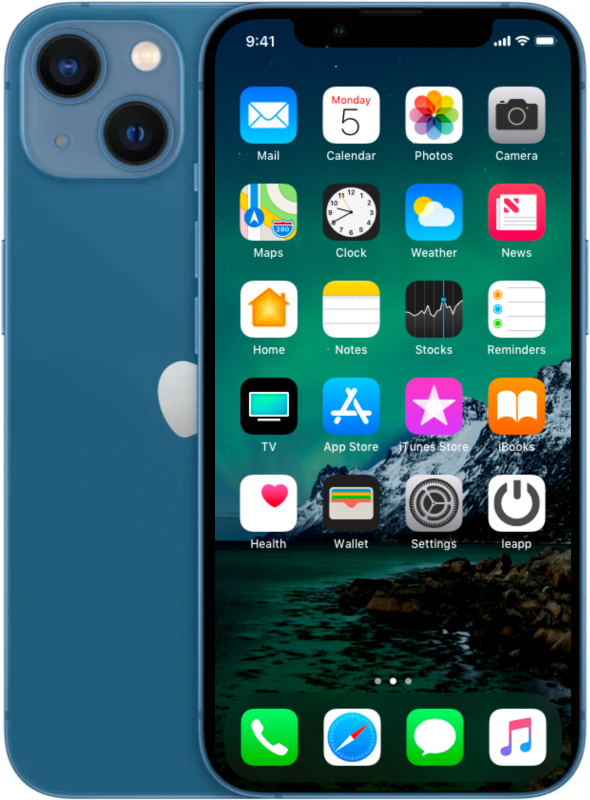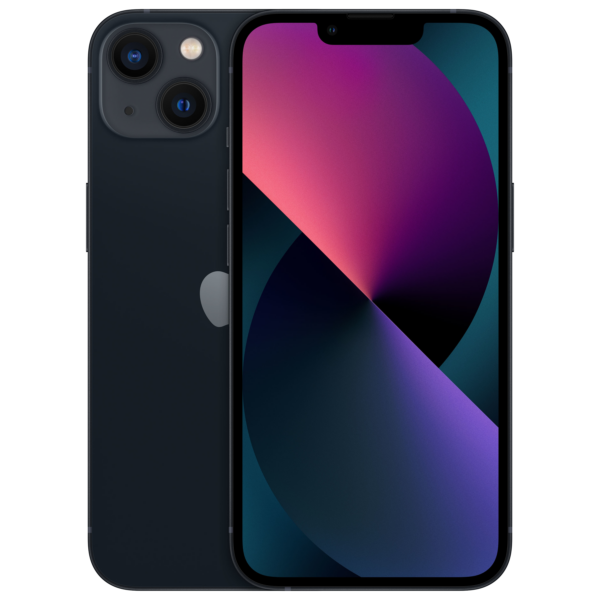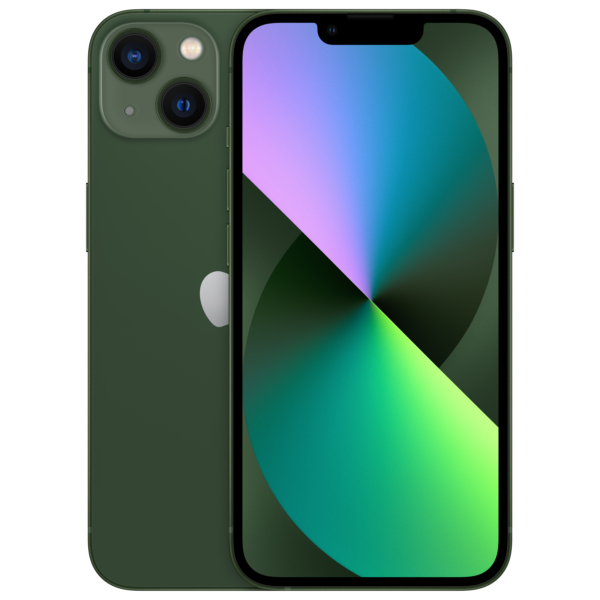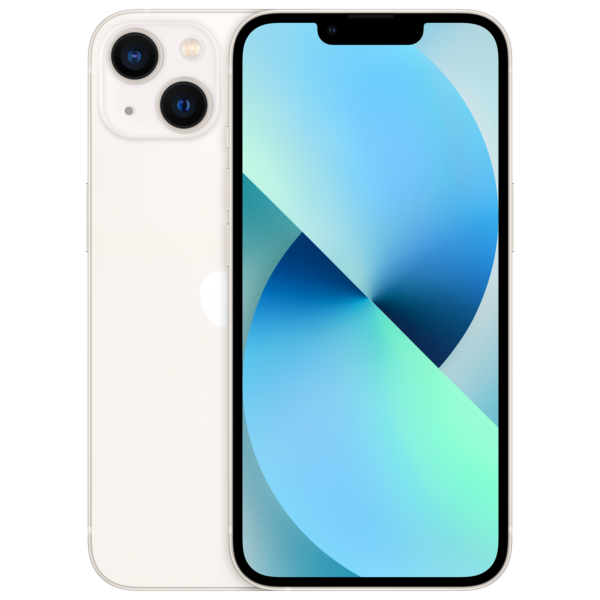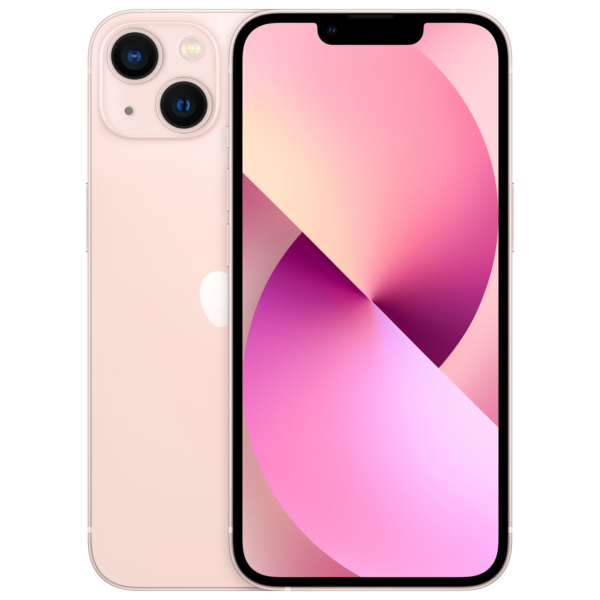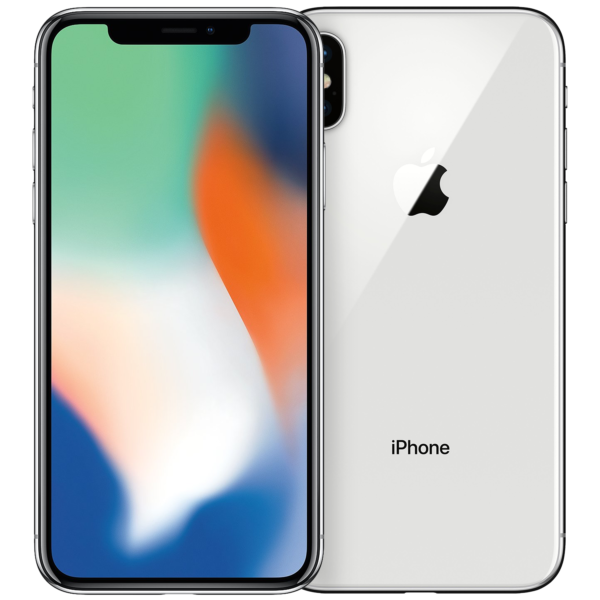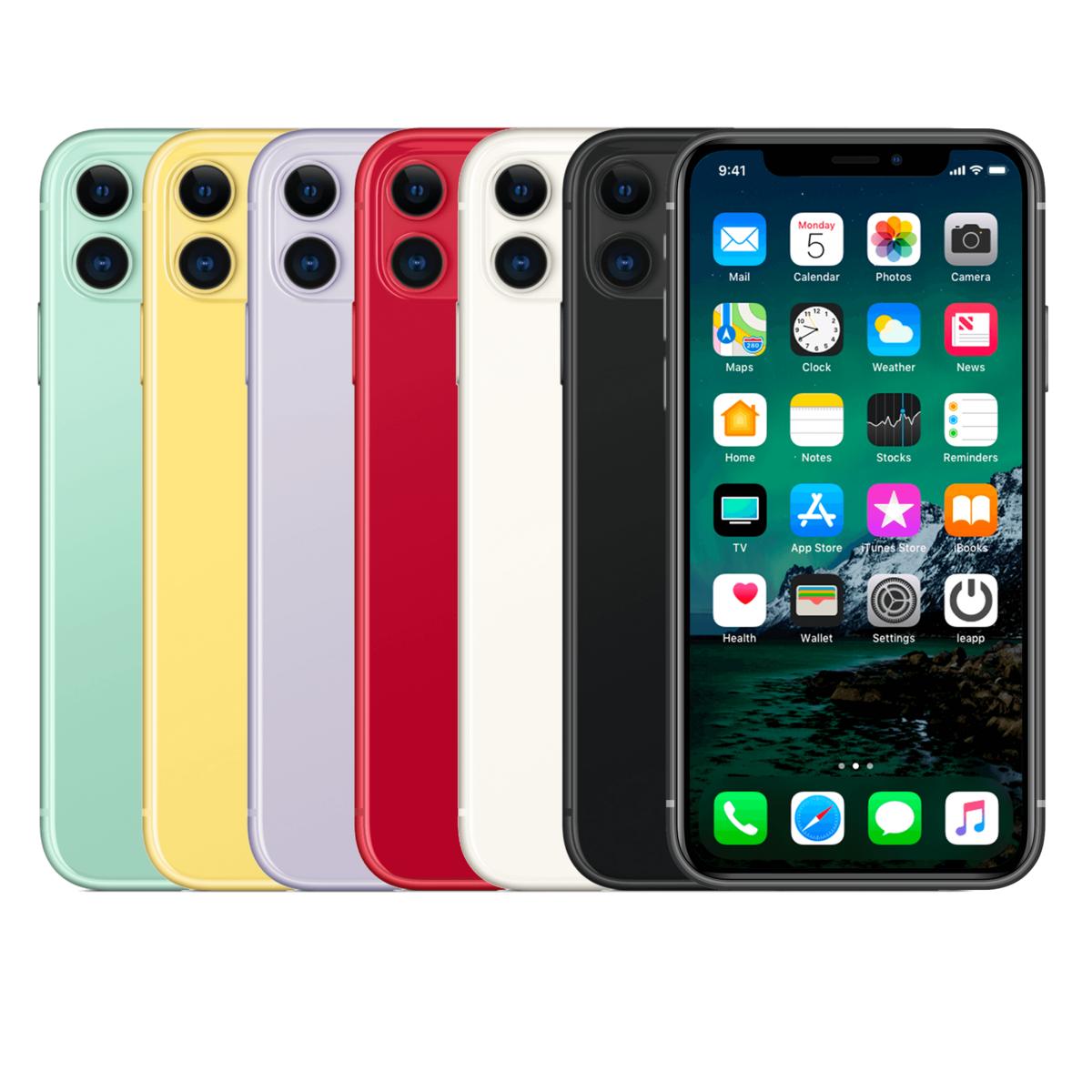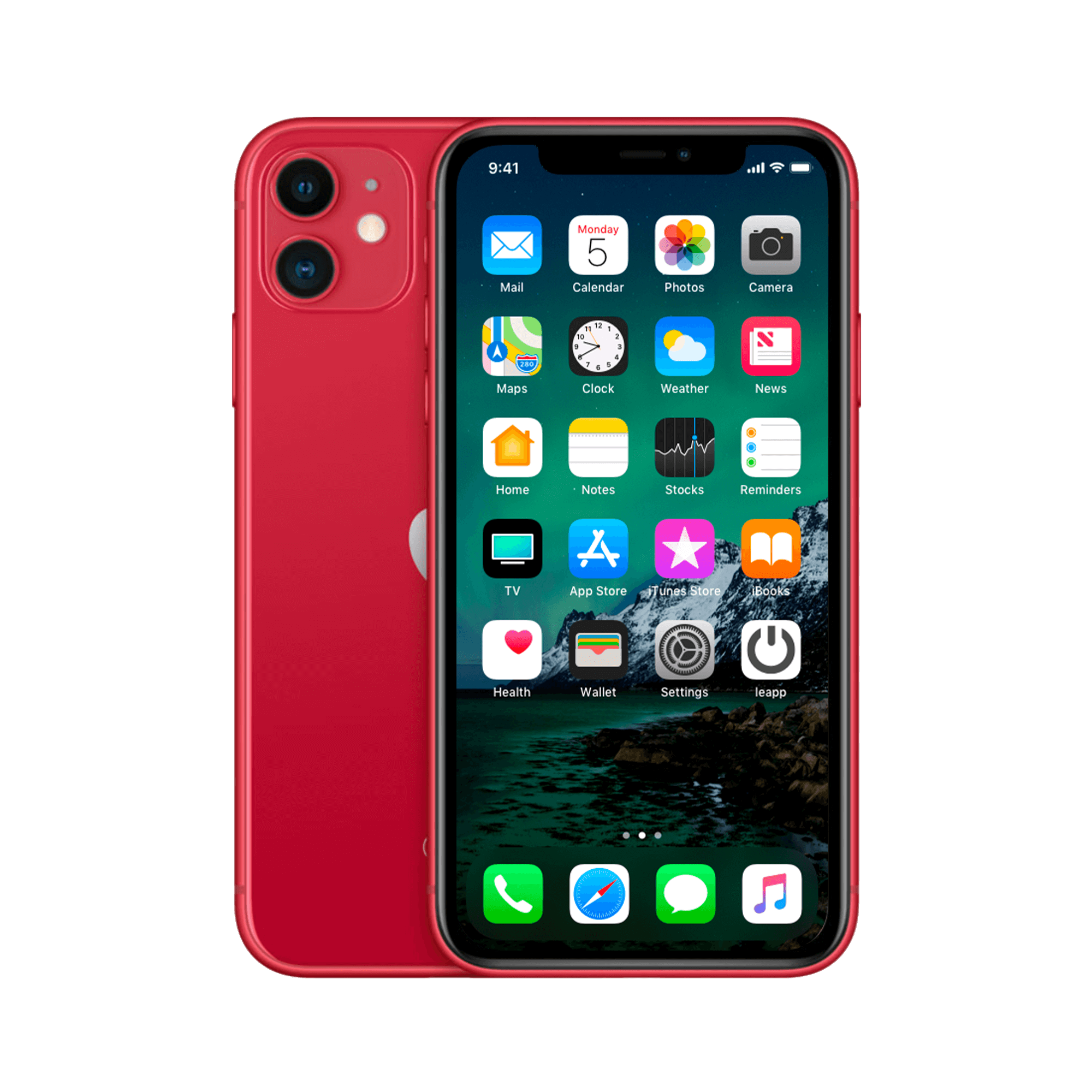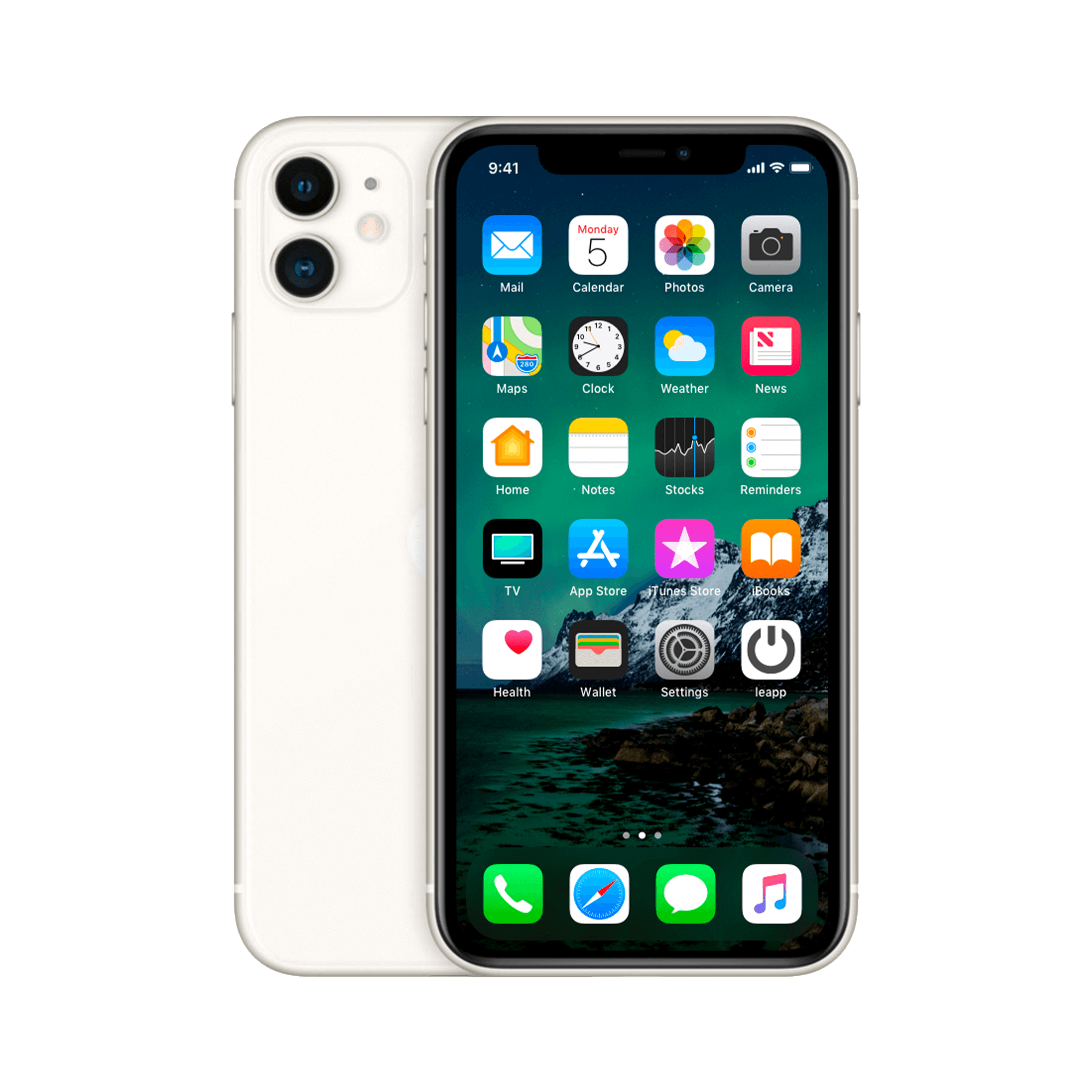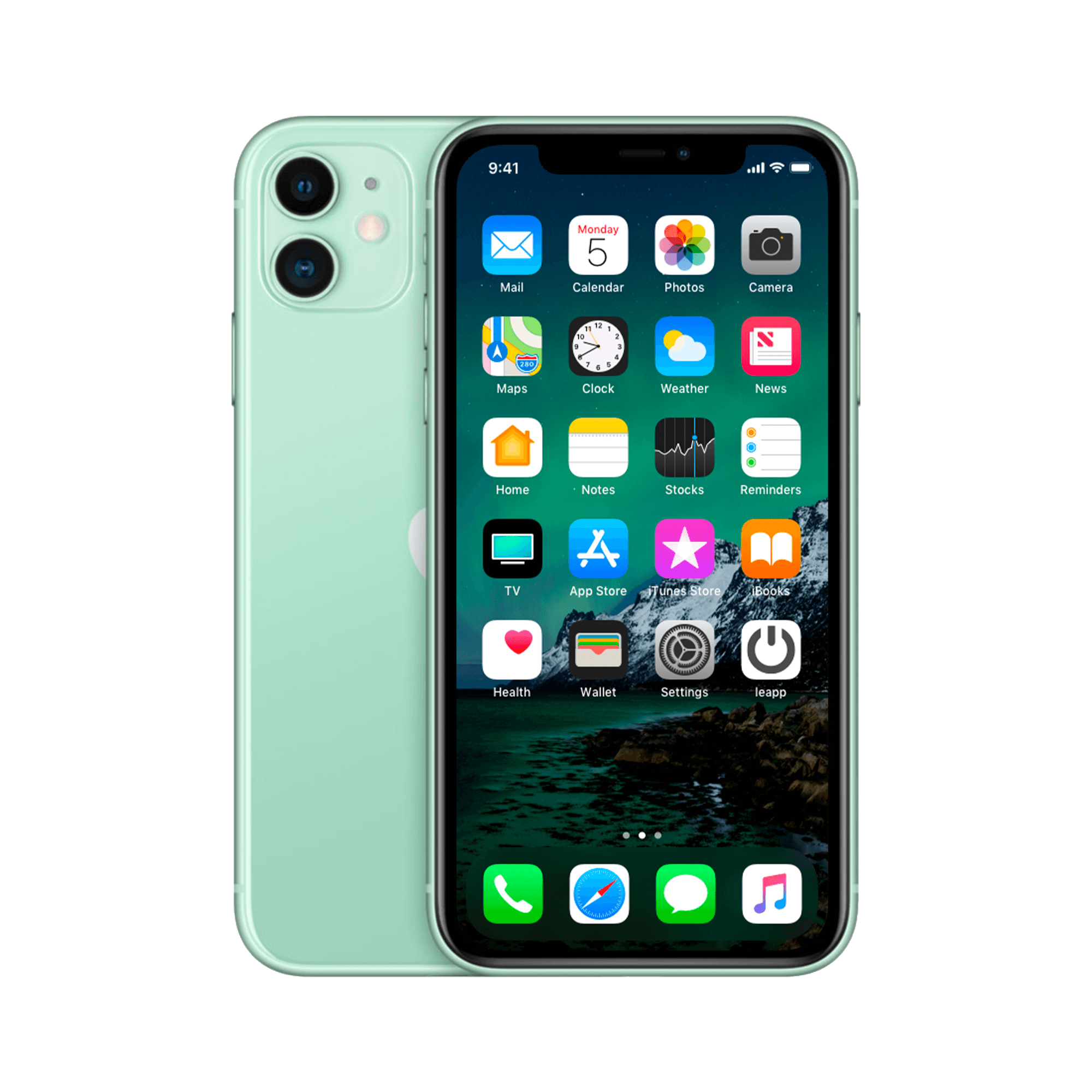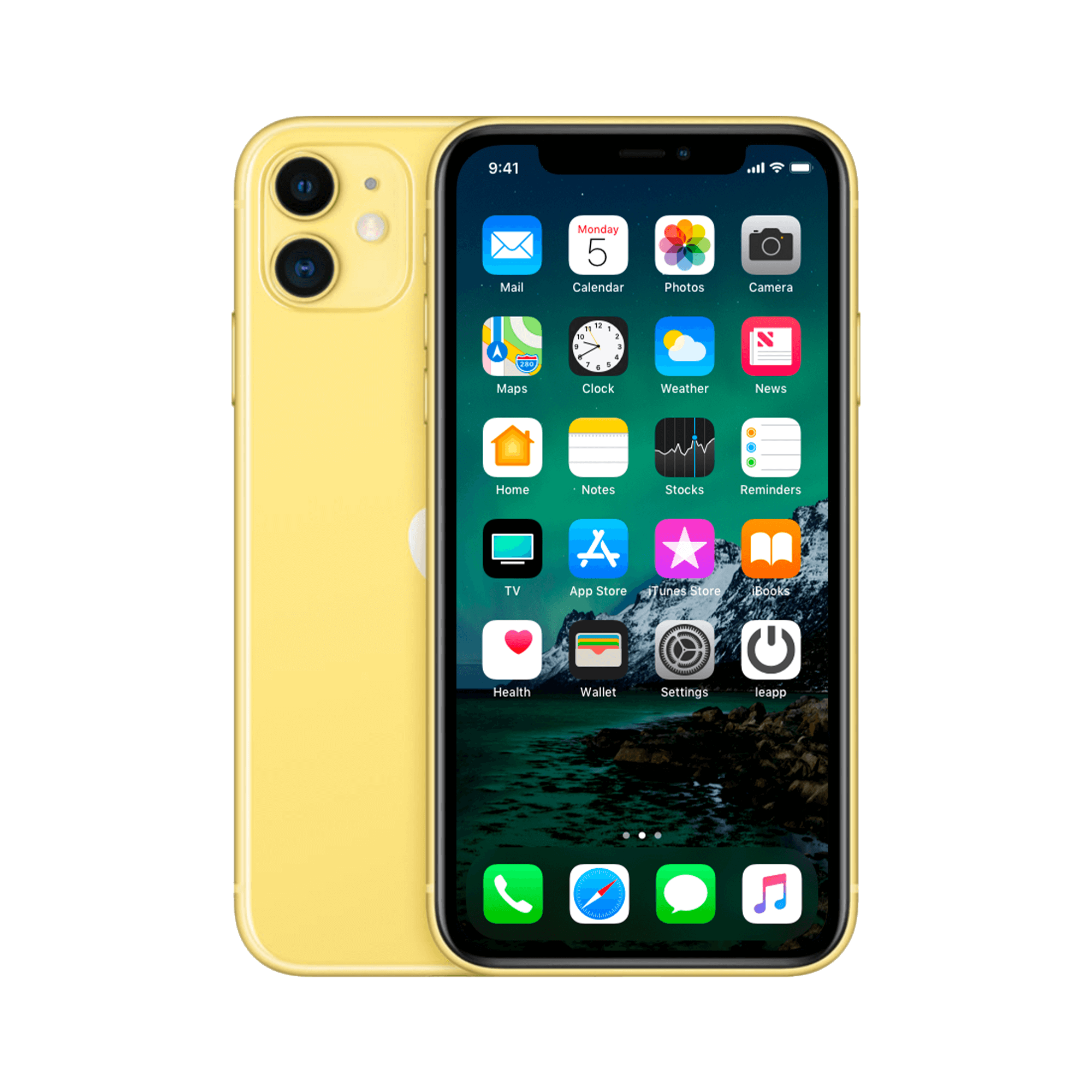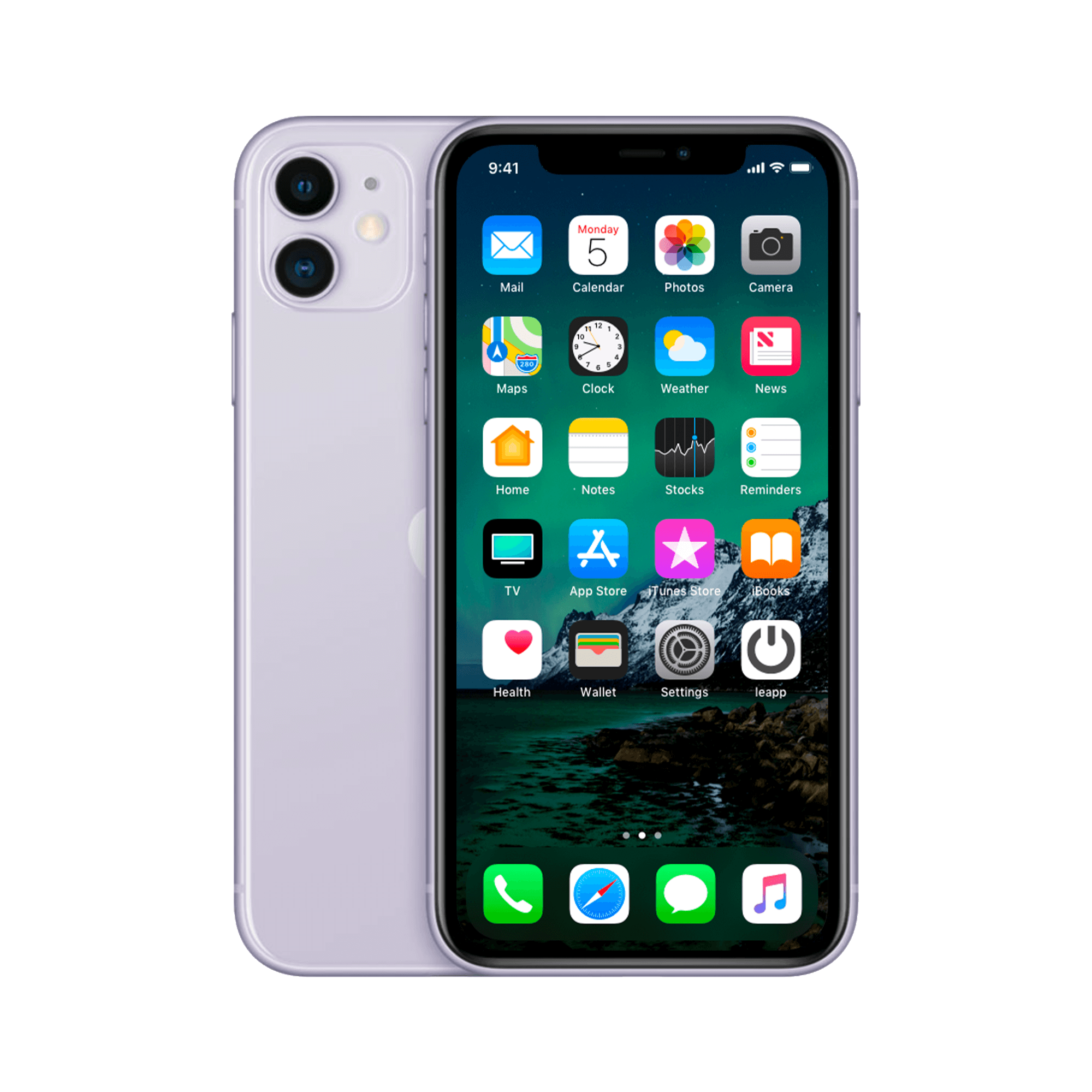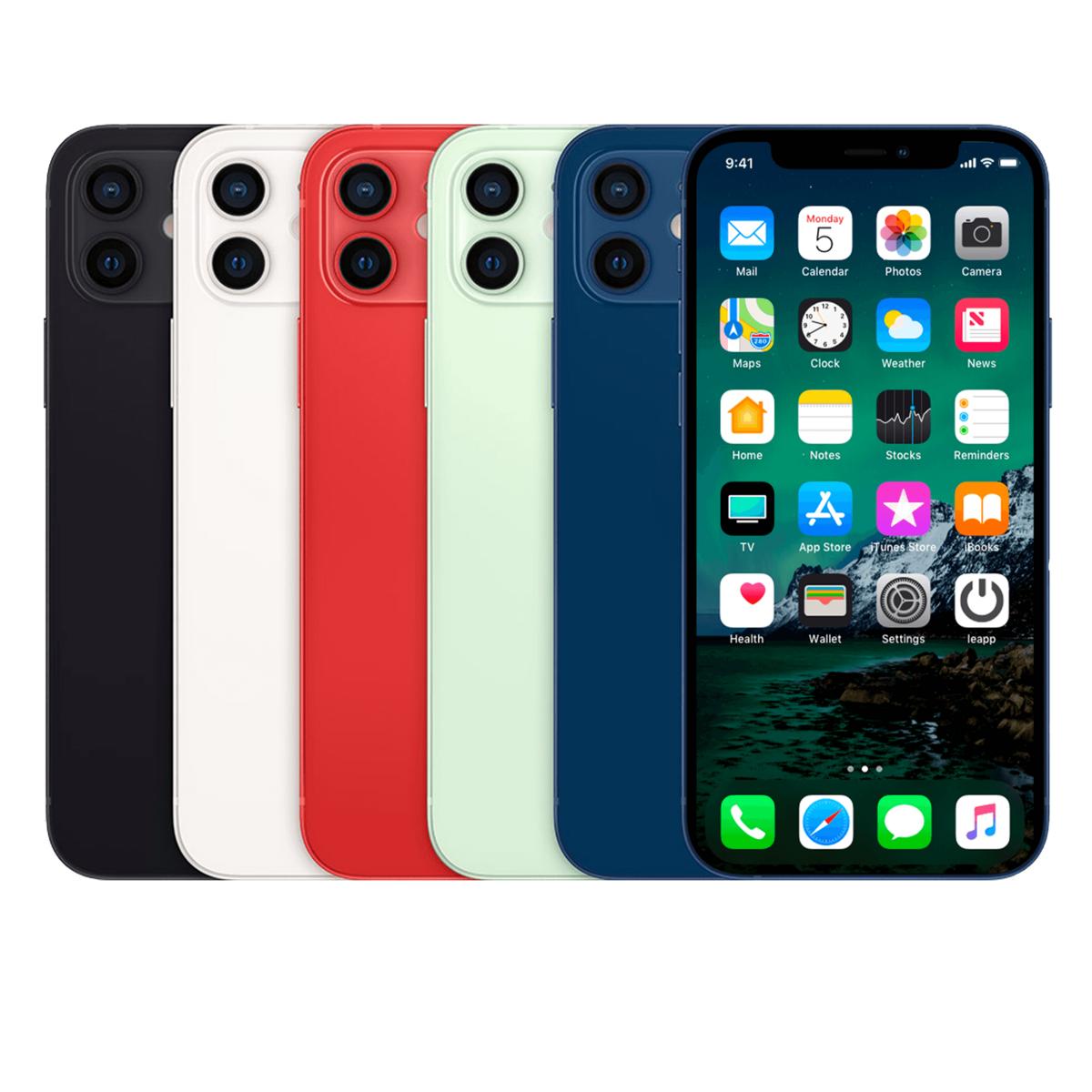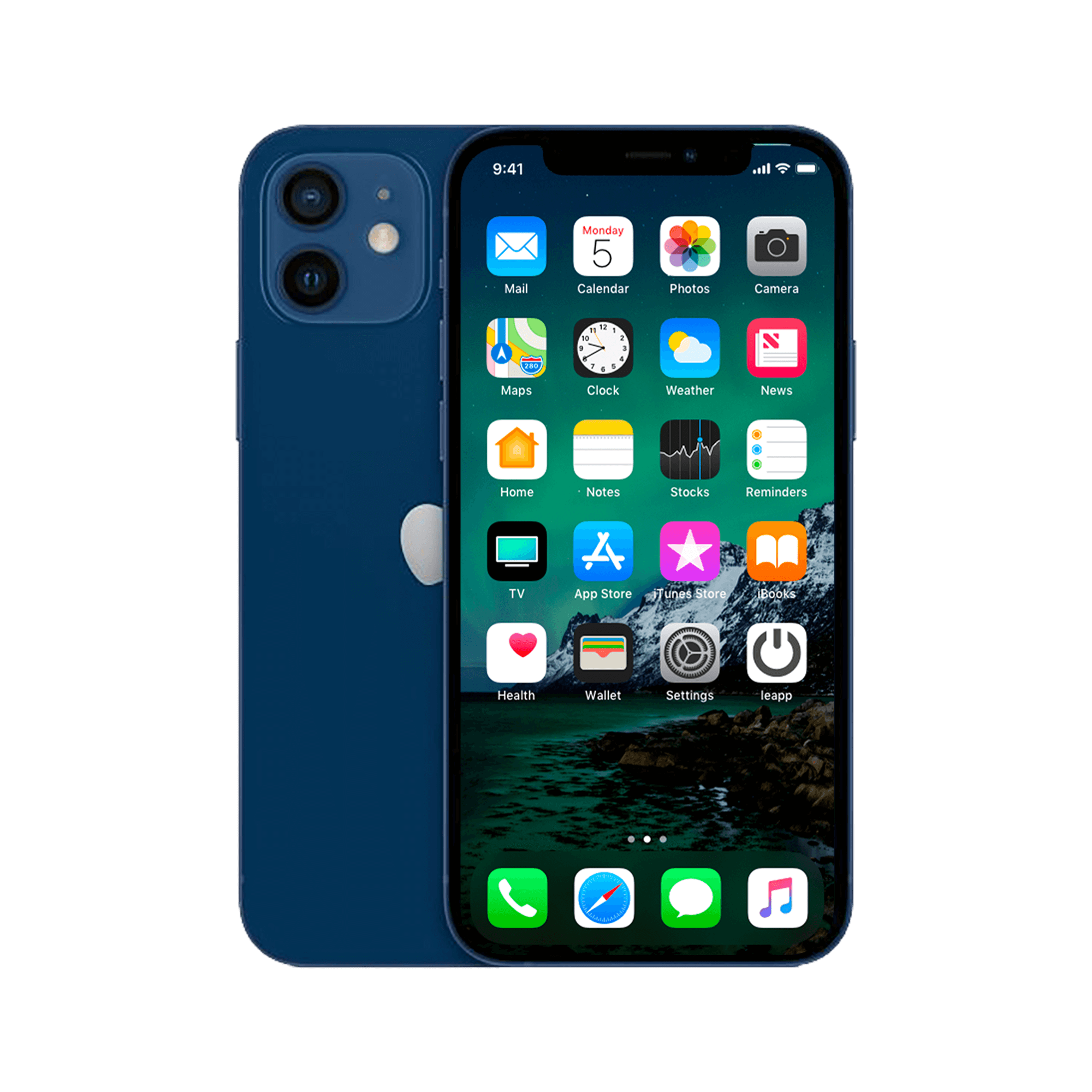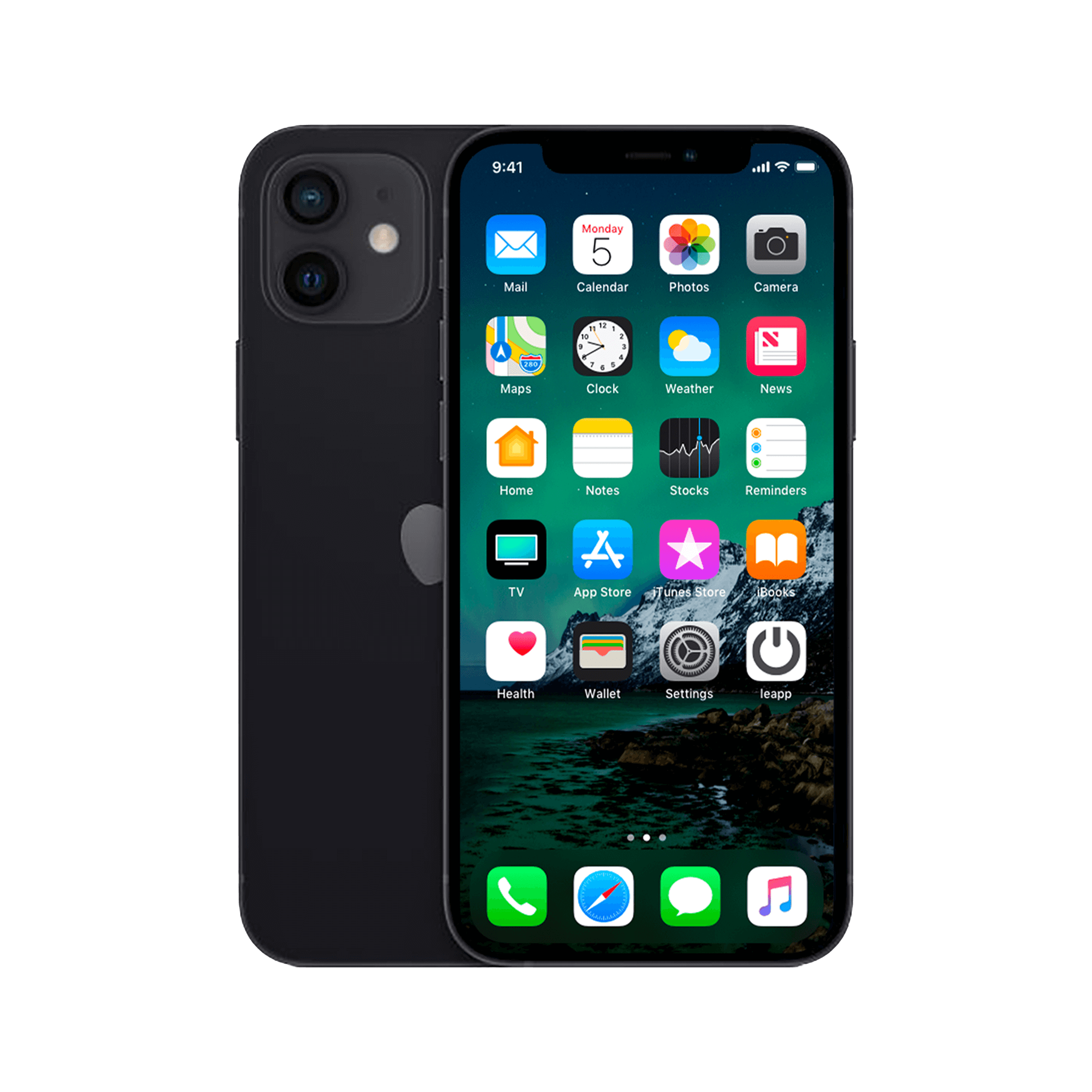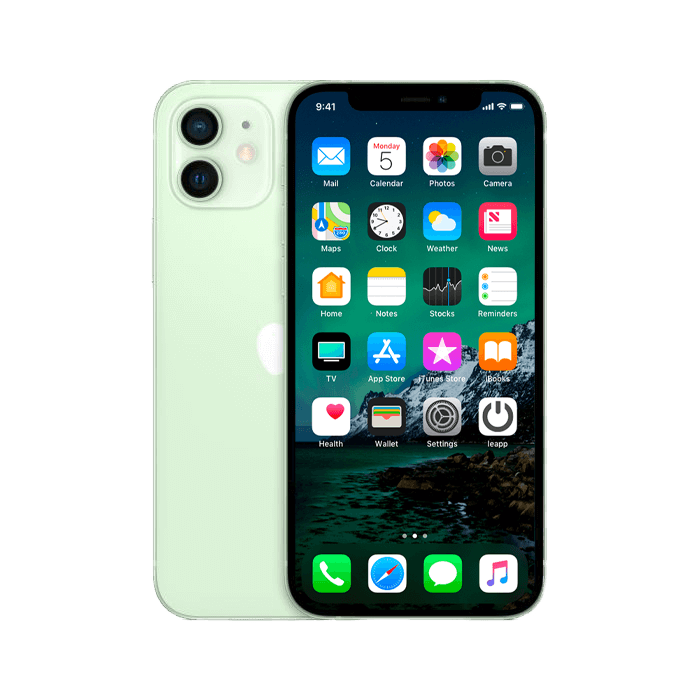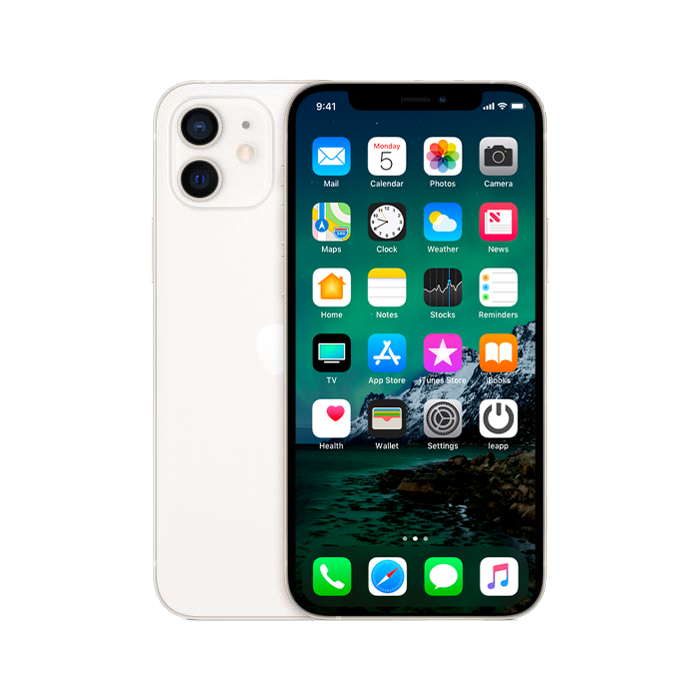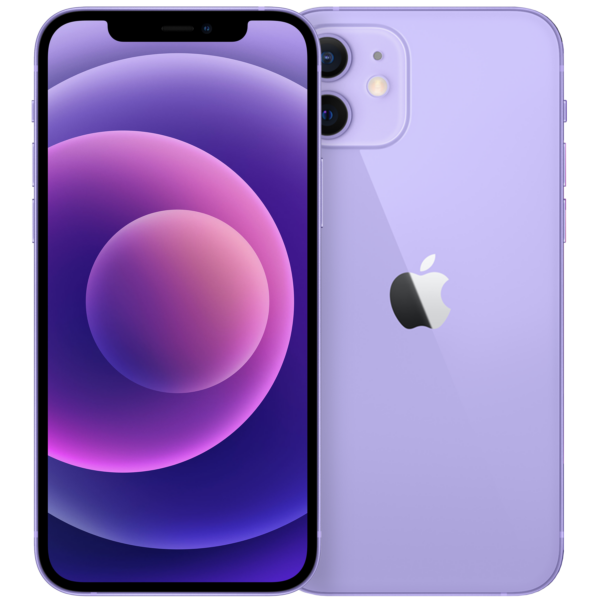Your iPhone has been stolen: don't panic now, act smart
Your iPhone is gone. Stolen. It feels like a slap in the face. All your photos, contacts, passwords—everything is on that thing. Your first reflex is panic: call the police, change your passwords, open Find My iPhone. Understandable. But here's what no one tells you: most stolen iPhones aren't recovered by technology, but by human error on the part of the thief . Thieves make one crucial mistake—they underestimate the amount of evidence a modern iPhone leaves behind, even without an internet connection. From Bluetooth signals picked up by your AirPods to location data that lingers in memory for days. The irony? The more accessories you have connected to your Apple ecosystem, the better your chances of getting that phone back. This article shows you how to follow those digital breadcrumbs—and why panic is your worst advisor.
Useful links
- Refurbished iPhone collection - For a reliable replacement
- iPhone screen protectors - Extra protection for your new device
- Apple Watch Collection - For extra security via paired devices
Instant Trading: The First 30 Minutes
Your iPhone has been stolen. The clock is ticking. Every minute counts now. The thief has your device, but you still have control over your data. The difference between recovering it and losing it forever often lies in what you do in the first half hour.
Immediately grab another device—someone else's laptop, tablet, or phone. Log in to iCloud.com with your Apple ID. Open Find My iPhone. This is your most important weapon. Immediately enable "Lost Mode." This remotely blocks the device and displays a message with your contact information on the screen. The thief will now be unable to access your phone, even after a reset.
Then call your provider. Ask them to block your SIM card. This prevents the thief from calling at your expense or gaining access to SMS verification. Make a note of the IMEI number of your stolen device—your provider has this in their system. This number allows the police to trace your phone if it turns up anywhere.
The power of the Apple ecosystem
Your stolen iPhone remains traceable, even without an internet connection. This works via the Find My network, where other nearby Apple devices anonymously share your phone's location. Do you have AirPods or an Apple Watch paired? These act as additional beacons. They pick up Bluetooth signals up to 30 meters away.
Enable the "Notify when found" option. As soon as your iPhone comes back online, you'll automatically receive a notification with its location. Regularly check the last known location in Find My. This remains visible for 24 hours, even if the battery is dead. On newer models (iPhone 11 and later), this even works for up to 5 hours after the battery is dead.
The location history in Find My shows where your device has been over the past 24 hours. See a pattern? This could be the thief's address. Screenshot this information for the police.
Protecting your data: passwords and accounts
First, change your Apple ID password. This is the master key to all your Apple services. Go to appleid.apple.com and change it immediately. Enable two-step verification if you haven't already. This prevents anyone else from gaining access, even with your password.
Systematically go through your most important accounts:
- Email (Gmail, Outlook, etc.)
- Banking and payment apps
- Social media
- Work-related apps
- Password managers
Do you use automatic login for websites? Then log out on all devices through your browser or password manager settings. For Google, you can do this under "My Account" > "Security" > "Your Devices." For other services, look for "active sessions" or "logged in devices."
Filing a tax return: more than a formality
File a police report within 48 hours. Bring the IMEI number, proof of purchase, and serial number. You can find this information in your iCloud account under "Settings" > "My Devices." The police register stolen phones in a national database. Mobile phone retailers and buyers check this database.
Request a report number. You'll need this for your insurance. Check your home contents or travel insurance – theft is often covered. Pay attention to the deductible and replacement value. Some insurers only reimburse the current value, not the replacement value.
Prevention for next time
Set a complex access code of at least 6 digits. Facial recognition or Touch ID is useful, but a strong code remains essential. Enable the "Erase data" option after 10 failed attempts. This prevents thieves from cracking your code.
Back up regularly. iCloud does this automatically daily when your phone is charging and connected to Wi-Fi. Check your latest backup by going to Settings > Your Name > iCloud > iCloud Backup. A recent backup means you can start using it right away when you change your device.
Consider a tracking accessory like an AirTag for your phone case. It lasts for years on a single battery and can be tracked via the same Find My network. Attach it discreetly so a thief doesn't remove it immediately.
The reality: find or let go
The hard truth? About 70% of stolen phones are never recovered. But the 30% that are recovered are usually the result of quick action and clever use of tracking features. Thieves make mistakes. They forget to turn on airplane mode. They try to sell the phone. Or they throw it away when they realize it's locked.
Keep checking Find My daily for the first week. Then weekly for a month. Sometimes a stolen phone suddenly reappears weeks later. Never chase down your phone yourself if you see a location. Always contact the police. Your safety is more important than your device.
At some point, accept the loss. A phone is replaceable, but your security isn't. With a good backup and the right security measures, the damage is manageable. Your new device will become an exact copy of your old one within hours, minus the stress of the experience.
Conclusion: preparation and speed determine the damage
A stolen iPhone feels like a disaster, but with the right steps, you can limit the damage. The first 30 minutes are crucial : block it via Find My, disable your SIM card, and change your passwords. The Apple ecosystem works in your favor—even offline, your device remains traceable. Report it, check your insurance, and accept that recovery isn't always possible. With a good backup and robust security, you'll be prepared. A refurbished iPhone as a replacement will quickly get you back on track, complete with the right protective accessories for next time.


